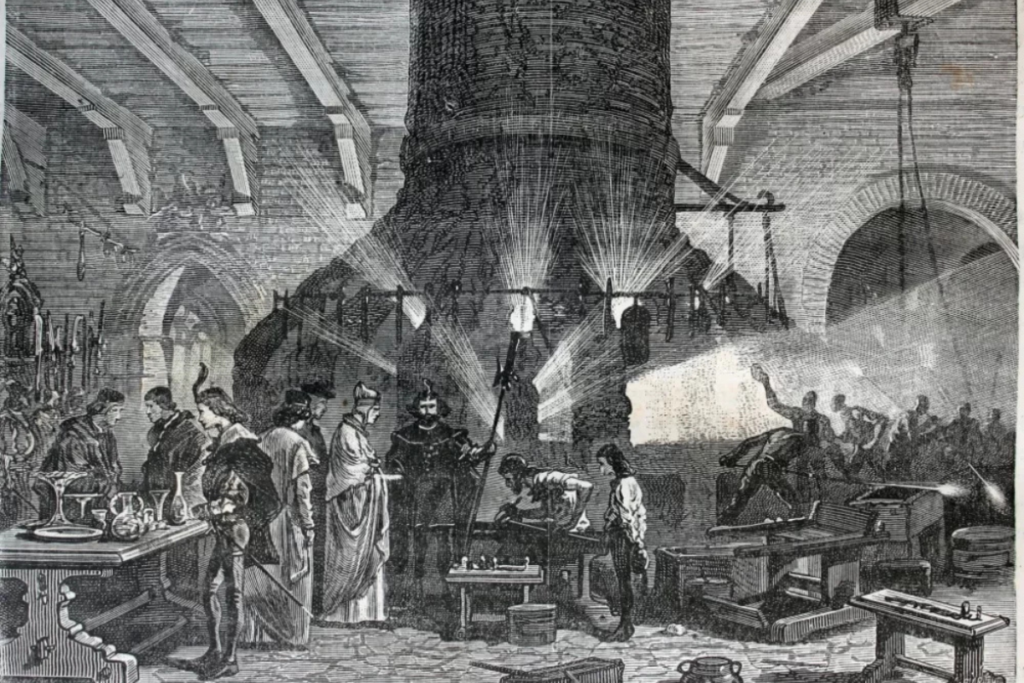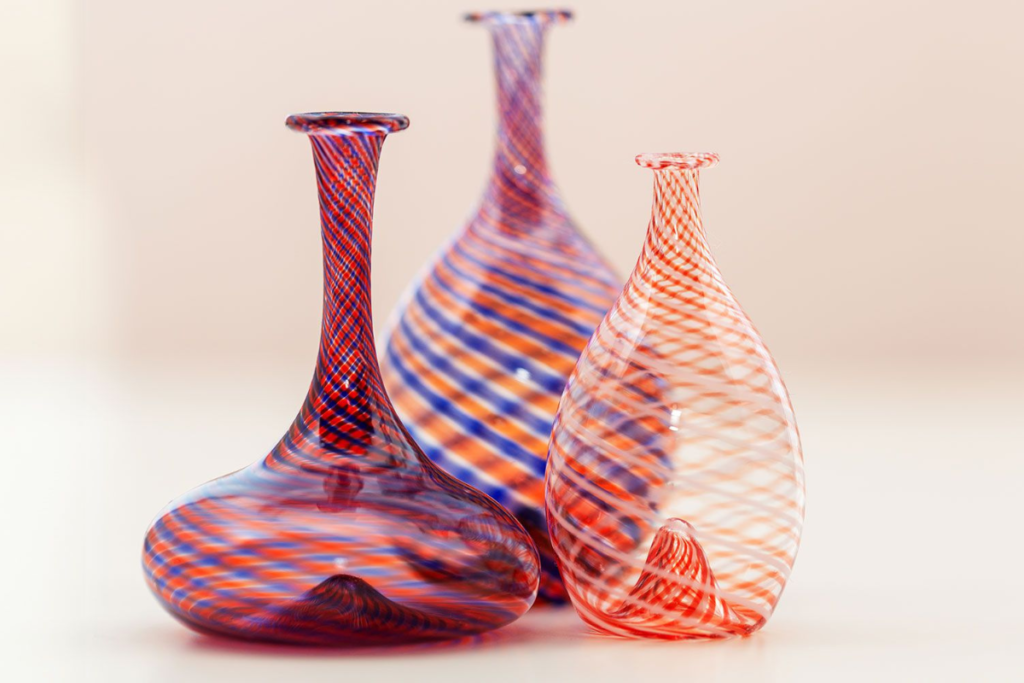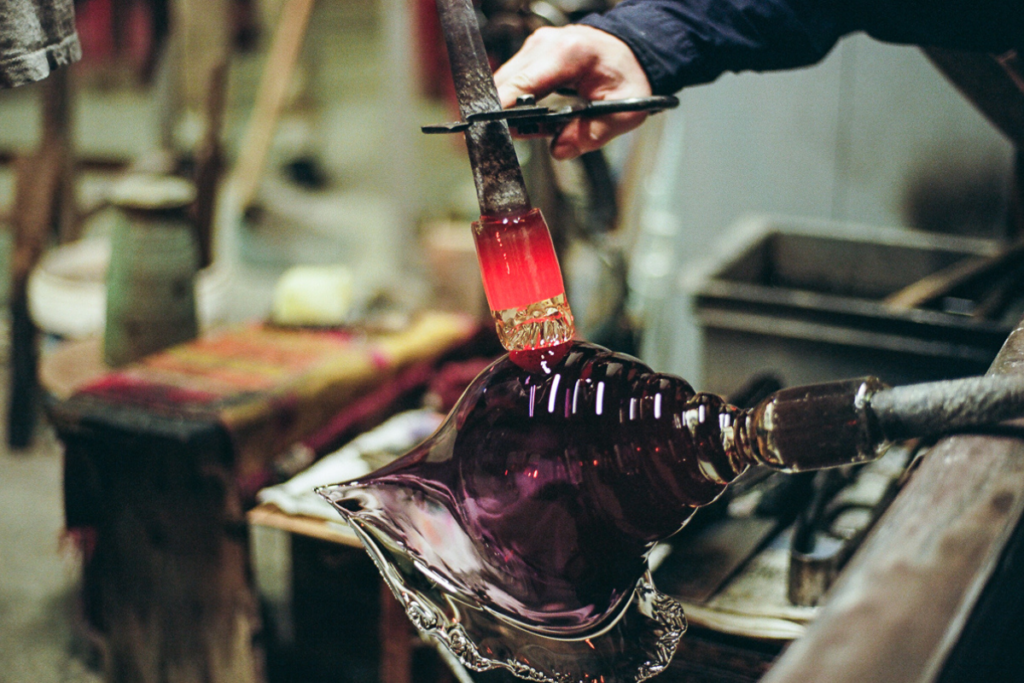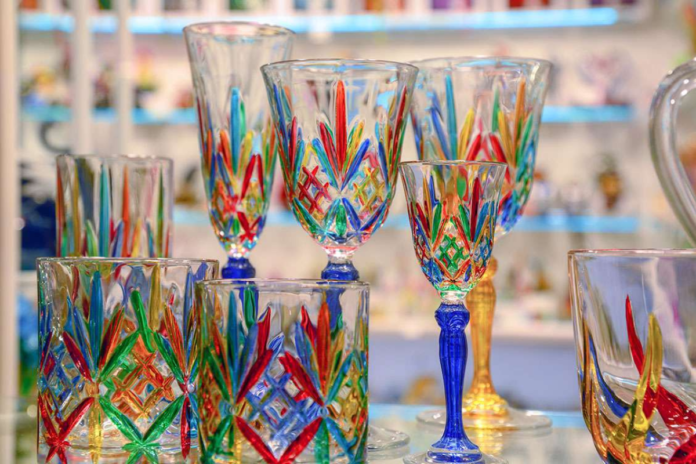Venetian glassmaking, an art steeped in centuries of tradition and innovation, stands as a testament to human creativity and mastery. Nestled within its vibrant history lies Murano, an island synonymous with the pinnacle of glass artistry.
Murano glass, renowned worldwide, captivates with its exquisite beauty and intricate techniques passed down through generations. Craftsmen on this enchanting island blend silica, soda, and lime with a touch of magic, transforming them into shimmering masterpieces.
Each piece tells a story of cultural heritage, luxury, and unparalleled craftsmanship, drawing admirers from around the globe. Journey into this world of delicate elegance and discover why Murano glass remains an enduring symbol of artistic excellence and Venetian splendor.
Historical Background of Venetian Glassmaking

The origins of Venetian glassmaking date back to the 8th century, with the founding of Venice as a major trading port. The story of Venetian glass, the magic of Murano, didn’t truly begin until the 13th century, however, when Murano emerged as the epicenter of glass production in Europe.
At this time, Venice had established a lucrative trade route with the Byzantine Empire, acquiring vast amounts of gold, spices, and precious gems used to adorn its grand palaces and churches. Among these treasures were exquisite pieces of Eastern glassware coveted by Venetian merchants.
In an effort to replicate these rare and valuable objects, skilled craftsmen from Constantinople were brought to Murano and tasked with perfecting their techniques. This led to the development of Venetian-style glass, characterized by its unique clarity, brilliance, and color.
As demand for their glass grew, Murano’s artisans gained unparalleled expertise in manipulating molten glass into a multitude of shapes and designs. By the 15th century, the island boasted over 30 guilds dedicated solely to glassmaking, solidifying its status as a leading center for artistic innovation.
The Evolution of Murano Glass Techniques
Over the centuries, Murano’s glassmakers have continuously pushed the boundaries of their craft, experimenting with new techniques and materials to create increasingly intricate pieces.
One of the most notable developments was the introduction of cristallo glass in the late 15th century. This almost transparent glass, made from a blend of quartz sand and potash, allowed for more delicate and detailed designs.
Another significant advancement came in the form of millefiori or “a thousand flowers” technique. Developed in the early 16th century, this involved creating intricate patterns by layering thin rods of colored glass and then fusing them together.
Perhaps the most iconic of Murano’s techniques is its use of gold, a legacy carried over from its trading days with the East. Adding 24-carat gold leaf or powder to molten glass results in shimmering golden swirls, giving pieces a luxurious and opulent appeal.
Unique Characteristics of Murano Glass

In addition to the techniques used in its creation, Murano glass is also distinguished by several unique characteristics that set it apart from other types of glassware.
Color and Clarity:
Due to meticulous quality control and expert craftsmanship, Murano glass possesses a remarkable clarity and brilliance. The use of only the purest raw materials, combined with intricate techniques, results in pieces that are vibrant and translucent.
Additionally, Murano glassmakers are renowned for their ability to create a wide range of vibrant colors, from deep blues and greens to bright reds and yellows.
Durability:
Despite its delicate appearance, Murano glass is surprisingly durable. The use of high-quality materials and the skillful manipulation of molten glass results in pieces that are resistant to breakage and chipping. This makes Murano glass not only beautiful but also functional for everyday use.
Uniqueness:
Each piece of Murano glass is unique, handcrafted by skilled artisans who infuse their personal touch into every creation. No two pieces are exactly alike, making each one a valuable collector’s item and a one-of-a-kind work of art.
Cultural Significance:
Murano glassmaking is not simply an art form, but also a symbol of Venetian culture and heritage. The centuries-old techniques used in its creation have been passed down from generation to generation, preserving a rich history and legacy for future generations to appreciate.
Techniques in Venetian Glassmaking
Aside from the techniques specific to Murano glass, Venetian glassmaking as a whole encompasses a wide range of methods and styles that have evolved over time.
Here are some of the notable techniques used in Venetian glassmaking:
Filigrana:
Dating back to the 16th century, filigrana involves weaving thin strands of colored glass into intricate patterns, resulting in a delicate and lace-like appearance. This technique requires expert precision and skill, making it one of the most challenging and sought-after styles.
Lattimo:
Also known as milk glass, lattimo is a milky white type of glass that became popular in the 17th century. It was created by adding tin oxide to molten glass, giving it a unique opaque quality. Lattimo was often used for decorative pieces such as vases and candlesticks.
Enamel painting:
In the 18th century, Venetian glassmakers began experimenting with enamel painting on glass. This involved applying colored enamels to glass and then firing them in a kiln, resulting in intricate designs and patterns that were often used for decorative purposes.
Aventurine:
Aventurine is a type of glass infused with metallic particles, giving it a glittery appearance similar to gold or copper. This technique was first developed in Murano in the 17th century and remains popular today for its luxurious and opulent look.
Sommerso:
Developed in the 1930s, sommerso involves layering different colors of glass on top of each other to create a unique effect. This technique gives pieces a multilayered, translucent look and is often used for vases and sculptures.
Fenicio:
Fenicio is a technique that utilizes thin threads of colored glass to create intricate patterns similar to filigrana. Developed in the 19th century, this method requires great skill and precision to achieve its signature delicate appearance.
Venetian glassmaking has a long and rich history, with Murano playing a crucial role in its development. And venetian glass American artists, like Dale Chihuly, have continued to push the boundaries and bring new life to this centuries-old craft. From its unique techniques to its distinct characteristics.
Why Murano Glass is World-Famous

Now we also know that Murano glass has been famous for centuries, but what is it about this specific type of glass that has captured the attention and admiration of people all around the world?
Quality and Craftsmanship:
One of the main reasons for Murano glass’s global recognition is its exceptional quality and craftsmanship. The skills and techniques used by Murano’s artisans have been honed over generations, resulting in pieces that are not only beautiful but also durable. The use of high-quality materials such as crystal-clear cristallo and 24-carat gold ensures that each piece is a masterpiece.
Uniqueness and Exclusivity:
As mentioned earlier, no two pieces of Murano glass are exactly alike. The handcrafted nature of these pieces adds an element of exclusivity and uniqueness, making them highly sought-after by collectors and art enthusiasts. Each piece carries the unique touch and style of the artisan who created it, making it truly one-of-a-kind.
Cultural Significance:
Murano glass is not just a beautiful type of glassware; it also holds cultural significance for the city of Venice. The rich history and traditions associated with the craft have made it an integral part of Venetian culture. As a result, Murano glass has become a symbol of the city’s identity and heritage, further adding to its appeal.
Versatility:
While Murano glass is often associated with decorative pieces, it is also used to create a wide range of functional items such as glasses, bowls, and vases. This versatility makes Murano glass not only a work of art but also a practical addition to any home.
Celebrity Endorsement:
Over the years, many notable figures have expressed their admiration for Murano glass, bringing even more attention to this type of glassware. From Hollywood celebrities to royalty, the endorsement of these influential individuals has helped put Murano glass on a global stage and solidify its reputation as a luxury item.
Collectibility:
Murano glass’s exclusivity and uniqueness make it highly collectible. Many people are drawn to the idea of owning a piece of history and culture, making Murano glass an attractive investment for collectors. As a result, some pieces can fetch high prices at auctions or specialty shops.
Innovative Designs:
While Murano glass has been around for centuries, the artisans continue to push boundaries and innovate with new designs and techniques. This constant evolution keeps Murano glass relevant and appealing to modern tastes while also preserving its traditional roots.
Tourism and Exposure:
The city of Venice attracts millions of tourists every year, many of whom make it a point to visit the island of Murano to see the glassmakers in action. This exposure helps spread awareness and appreciation for Murano glass, further contributing to its global fame.
Symbol of Luxury:
Murano glass’s history, quality, and exclusivity have made it a symbol of luxury and sophistication. Owning a piece of Murano glass is not just about possessing a beautiful object; it also represents a certain level of status and refinement that has been associated with this type of glassware for centuries.
These are just some of the reasons why Murano glass has become world-famous and continues to captivate people’s attention. Its rich history, cultural significance, and unparalleled craftsmanship have solidified its place as a highly sought-after art form that stands the test of time. As long as there are skilled artisans in Murano keeping this tradition alive, the fame and admiration for Murano glass will continue to grow.
What are the Modern-Day Murano Glass and Its Challenges
While traditional Murano glass techniques and designs remain highly valued, modern-day Murano glass has also evolved to keep up with changing times. Advanced technologies and new materials have been incorporated into the production process, leading to exciting innovations and contemporary designs.
However, these advancements come with their own set of challenges. Some critics argue that the use of modern techniques and mass production methods takes away from the authenticity and uniqueness of Murano glass. There are also concerns about the environmental impact of the industry’s growth and whether it can be sustainable in the long run.
Another challenge for modern-day Murano glass is competition from cheaper imitations made in other countries. These knock-offs often use lower quality materials and lack the skilled craftsmanship that defines Murano glass, but they can still deceive consumers who are not familiar with the authentic product.
Despite these challenges, the allure and demand for Murano glass remain strong. The industry continues to adapt and innovate while staying true to its rich traditions, ensuring that this timeless art form will continue to thrive for generations to come.
FAQs
What role does the Smithsonian American Art Museum play in showcasing Venetian glass?
The Smithsonian American Art Museum plays a pivotal role in highlighting Venetian glass as part of its fine and decorative arts collection. The museum features exquisitely crafted glass pieces that represent the Venetian glass revival, allowing visitors to appreciate the intricate craftsmanship and vibrant artistry of this Italian glass tradition.
How is Venetian glass represented at the Cincinnati Art Museum?
The Cincinnati Art Museum features a collection of glass objects that include Venetian revival glass, showcasing the artistry and bright colors synonymous with Murano craftsmanship. This display underscores the significance of Venetian glass in American art and its influence on artists like John Singer Sargent.
What is the connection between John Singer Sargent, Whistler, and Venetian glass?
John Singer Sargent and Whistler are linked to Venetian glass through their artistic explorations and incorporation of its themes in their work. Both artists were fascinated by the visual allure of Venetian glass and its revival, which is often reflected in their paintings and portraits, including Venetian glass mosaic portraits.
How do glass furnaces contribute to the creation of Venetian glass?
Glass furnaces are essential in the production of Venetian glass, enabling the transformation of raw materials into brightly colored glass and exquisitely crafted glass pieces. These furnaces are the backbone of Murano’s glass-making tradition, fueling the creativity that fills countless shop windows with stunning displays of Italian glass artistry, as seen in institutions like the Mystic Seaport Museum.
Conclusion
Venetian glassmaking, with its storied history and intricate techniques, stands as a testament to human creativity and craftsmanship.
Murano glass, renowned for its vibrant colors and exquisite designs, owes its global fame to the island’s artisans who have mastered centuries-old skills while continuously innovating. This unique blend of tradition and modernity ensures that Murano glass remains both a cultural treasure and a dynamic art form.
As Venetian glassmakers adapt to contemporary trends and challenges, their work continues to captivate and inspire, promising a bright future for this timeless craft. The allure and artistic significance of Murano glass will undoubtedly enchant and influence future generations, preserving its legacy for years to come.




